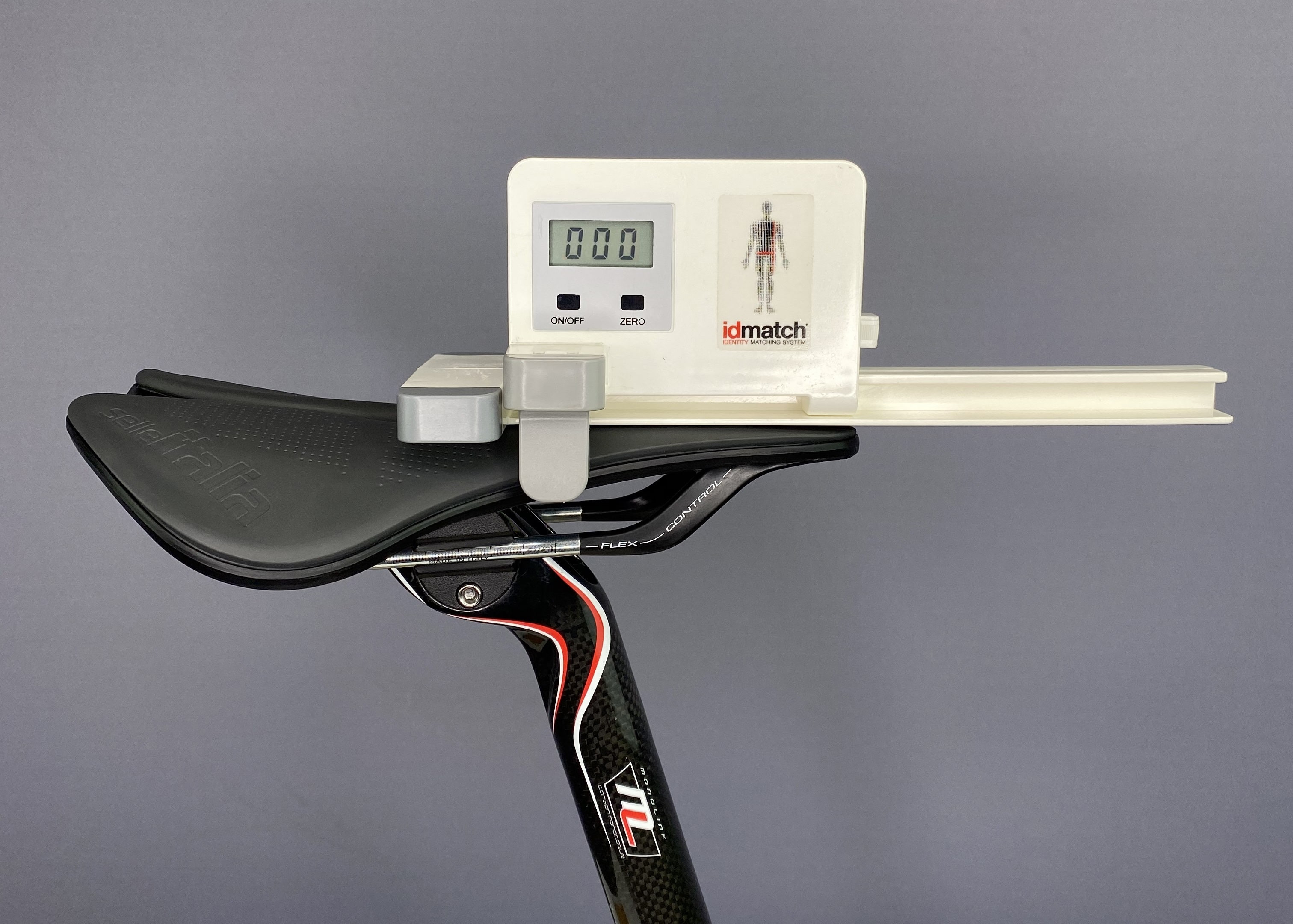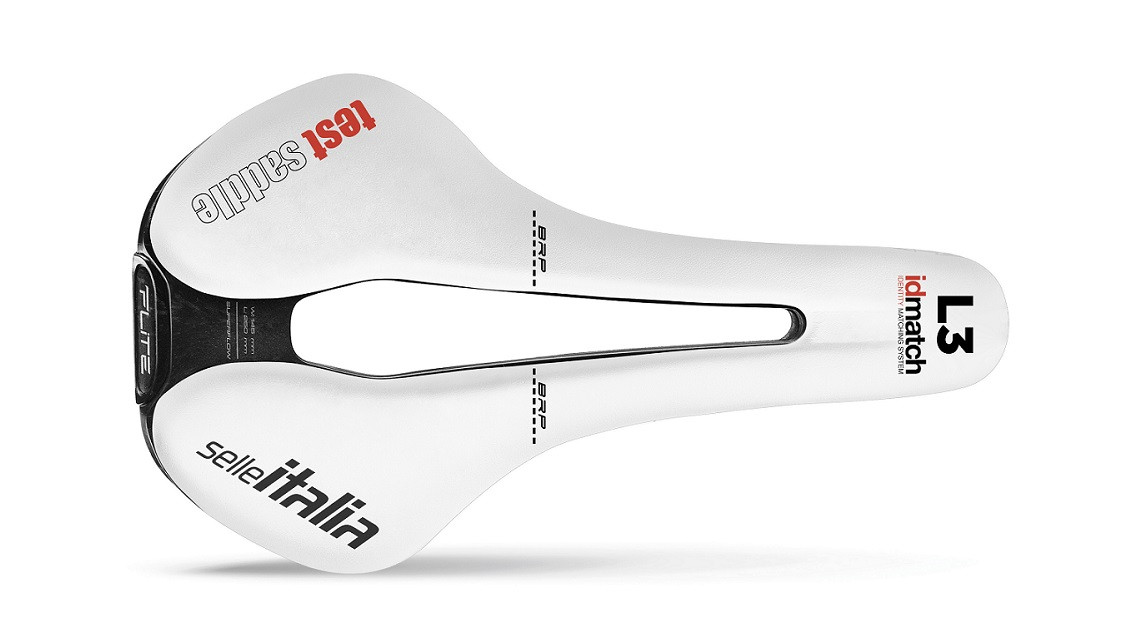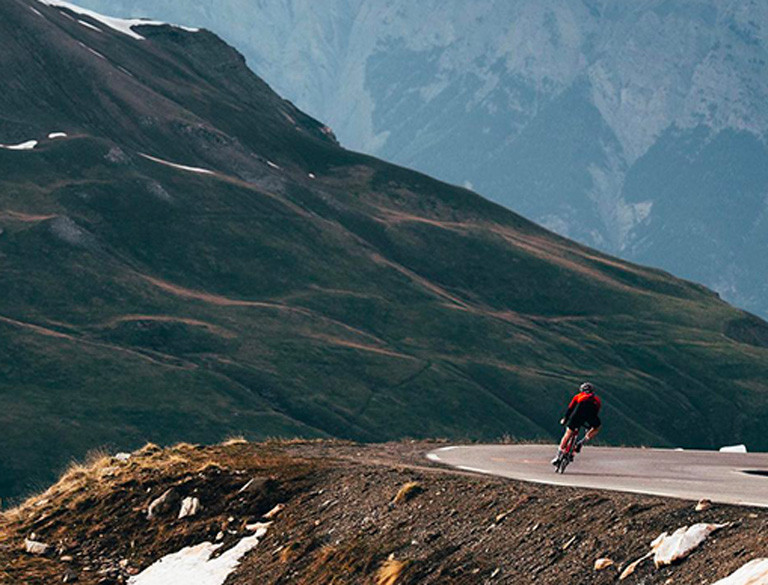COMFORT ON THE SADDLE: THE IDEAL SEAT

Saddles that are too high…
As shown by the data collected by our sophisticated idmatch BikeLab bikefitting system, one of the mistakes most frequently observed among amateur cyclists is excessive saddle height.
Raising the saddle position too high is often an "aesthetic" fashion, as the bike with a very extended seatpost is considered more "elegant" and harmonious, but let's not forget that we are not talking about a piece of art to be exhibited, but a technical means to be used to express a performance.
A study carried out on a sample of 270 cyclists who claimed to suffer from pain caused by over-pressure on the saddle, even though they had tried different models, showed that 79% adopted a saddle position that was too high in relation to their anatomical and functional characteristics.
In these cases, in practice, the subject is unable to make a complete revolution in pedalling, and therefore has to compensate in other ways, giving rise to the problems.
…and too far forward
More than 70% of the cyclists surveyed had adopted a saddle position that was too far forward to reduce the distance between the seat and the pedals. Trying to make up for one mistake with another mistake is obviously not the right solution. In fact, in the case analysed, the suffering of the subjects was accentuated, mainly because of the outflow of the ischial tuberosities from the seating surface, and the consequent invasion of the nose of the saddle into the ischial arch, where vessels and nerves run that must be preserved from any pressure.
Regarding this aspect it should also be pointed out that in recent years, as a general "setting", there has been a progressive sliding forward on the saddle, which has led most cyclists to sit so far forward as to cancel out all the positive effects of a saddle of the ideal size for their own measurements.
Finally, it should be remembered that adopting a correct position on the saddle not only helps to preserve the health of the vessels and nerves of the perineal region, but also facilitates forward rotation of the pelvis, thus reducing lumbar overload and increasing the aerodynamic profile of the trunk.









